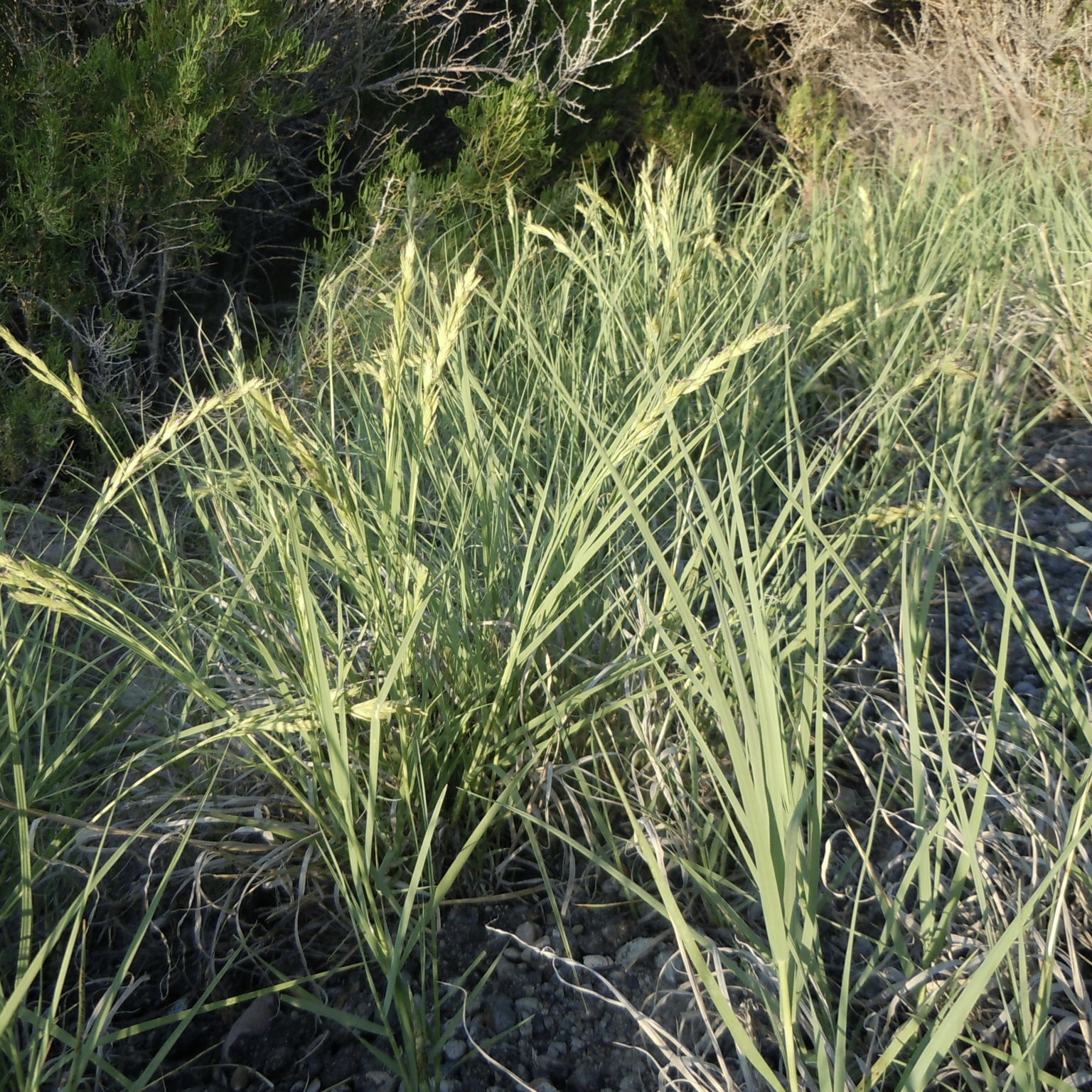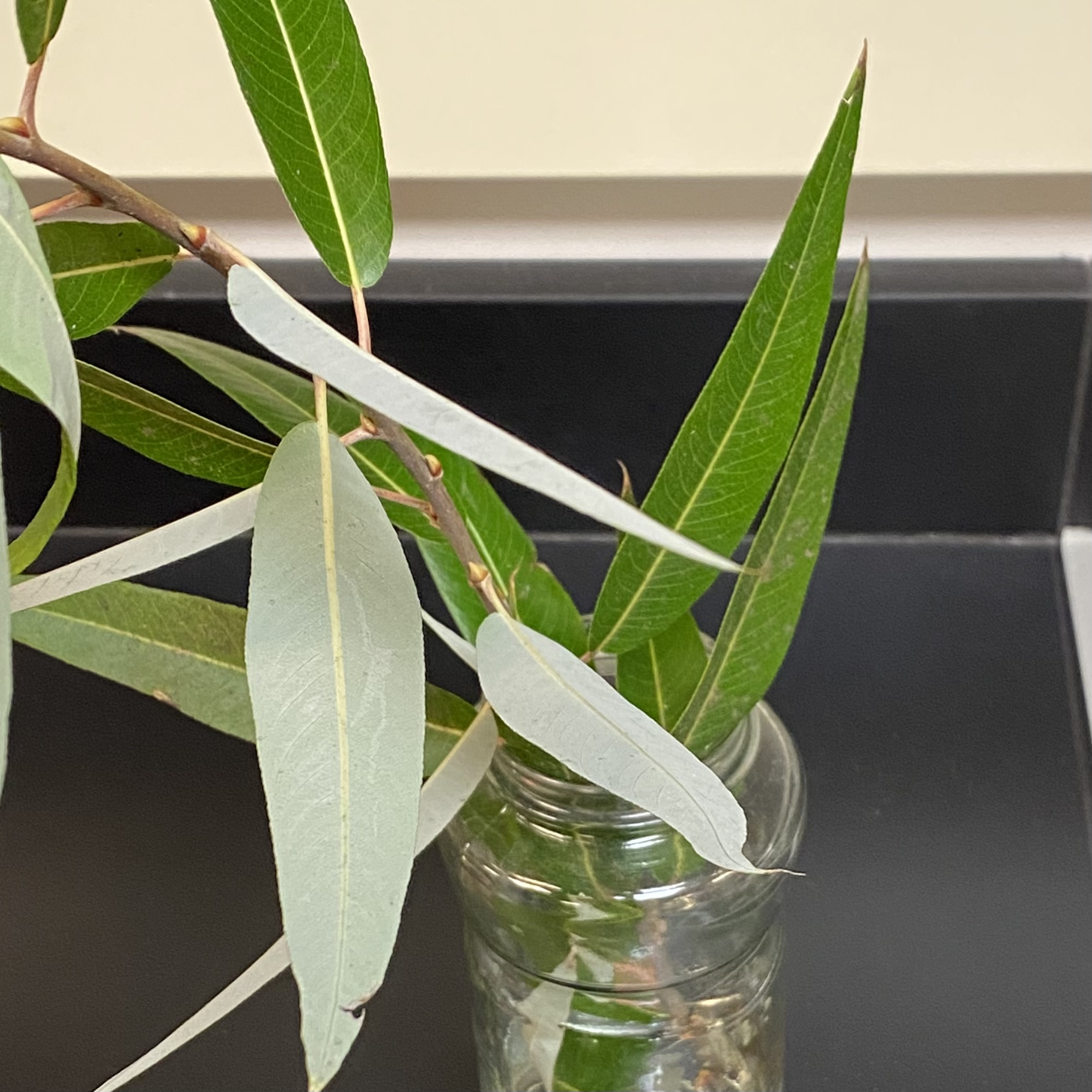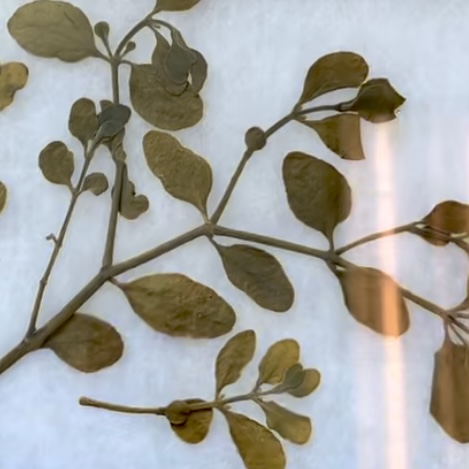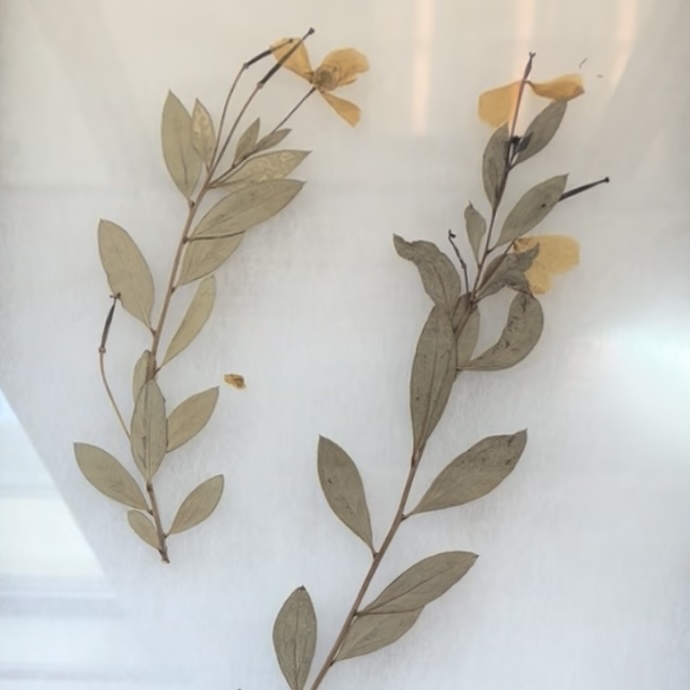Lab Practical- Final
5.0(2)
5.0(2)
Card Sorting
1/123
Earn XP
Description and Tags
Study Analytics
Name | Mastery | Learn | Test | Matching | Spaced |
|---|
No study sessions yet.
124 Terms
1
New cards
Ecology
the study of the interactions of organisms with their environment
2
New cards
7 Levels of Ecological Organization
1. organism
2. population
3. community
4. ecosystem
5. landscape
6. biome
7. biosphere
2. population
3. community
4. ecosystem
5. landscape
6. biome
7. biosphere
3
New cards
Population
all individuals of the same species in a given area
4
New cards
Community
all individuals of all species in an area
5
New cards
Ecosystem
all individuals of all species in a given area plus abiotic factors
6
New cards
Landscape
multiple adjacent ecosystems that may interact
7
New cards
Biome
all ecosystems of the same type in the world
8
New cards
Biosphere
all ecosystems on the planet
9
New cards
Dichotomous key
an identification guide to the species in a particular taxonomic group for a particular region
10
New cards
List the 7 ecosystems of SoCal
1. Coastal Strand
2. Coastal Salt Marsh
3. Oak Savannah
4. Riparian Woodland
5. Southern Live Oak Woodland
6. Coastal Sage Scrub
7. Chaparral
2. Coastal Salt Marsh
3. Oak Savannah
4. Riparian Woodland
5. Southern Live Oak Woodland
6. Coastal Sage Scrub
7. Chaparral
11
New cards
Coastal Strand location
sandy areas by the sea
12
New cards
Coastal Salt Marsh location
low-lying areas near the ocean; usually where freshwater meets the ocean
13
New cards
Oak Savannah location
usually next to large prairies near rolling hills
14
New cards
Riparian Woodland location
usually in a narrow band immediately adjacent to a freshwater source
15
New cards
Southern Live Oak Woodland location
in canyons such as Topanga and Malibu Canyons
16
New cards
Coastal Sage Scrub location
hillsides at lower elevations and near the ocean
17
New cards
Chaparral location
inland and higher elevation hillsides and ridges throughout our area
18
New cards
Coastal Strand abiotic conditions
high levels of salt, little shade, lots of sun
19
New cards
Coastal Strand plant adaptations
large vacuole in each plant cell; allows storage of extra salt
20
New cards
Coastal Salt Marsh abiotic conditions
high levels of salt, varying levels of water
21
New cards
Coastal Salt Marsh plant adaptations
large vacuole in each plant cell; allow storage of extra salt
22
New cards
Oak Savannah abiotic conditions
low precipitation, poor soil, frequent wildfires
23
New cards
Oak Savannah plant adaptations
pubescent leaves; retain moisture
24
New cards
Riparian Woodland abiotic conditions
dominated by trees; little sun exposure
25
New cards
Riparian Woodland plant adaptations
relatively large leaves; maximize sun absorption
flexible/compound leaves; allows contact of sunlight from many directions
flexible/compound leaves; allows contact of sunlight from many directions
26
New cards
Southern Live Oak Woodland abiotic conditions
shaded by surrounding hills; limited sunlight
increased moisture from rainfall that runs down nearby hills and collects in low-lying areas
increased moisture from rainfall that runs down nearby hills and collects in low-lying areas
27
New cards
Southern Live Oak Woodland plant adaptations
tall trees to catch sunlight from low elevation
28
New cards
Coastal Sage Scrub abiotic conditions
moisture from periodic rain/coastal fogs
relatively dry
excessive evaporation and sun exposure
relatively dry
excessive evaporation and sun exposure
29
New cards
Coastal Sage Scrub plant adaptations
pubescent leaves; retain moisture
30
New cards
Chaparral abiotic conditions
hot/dry summers, little rain, frequent fire
31
New cards
Chaparral plant adaptations
small/wavy/nearly vertically attached leaves; reduce sun exposure
light in color; reflect sunlight
tough/thick/folded/pubescent leaves; reduce evaporation by wind
light in color; reflect sunlight
tough/thick/folded/pubescent leaves; reduce evaporation by wind
32
New cards
List the 5 plants with compound leaves
1. Bladderpod
2. California walnut
3. Poison oak
4. Deerweed
5. Elderberry
2. California walnut
3. Poison oak
4. Deerweed
5. Elderberry
33
New cards
What is the single non-native plant we studied?
Wild mustard
34
New cards

Common Name: ______
Family: _____
Ecosystem(s): _____
Family: _____
Ecosystem(s): _____
Saltbush
Family Chenopodiaceae
Coastal Strand, Coastal Salt Marsh
Family Chenopodiaceae
Coastal Strand, Coastal Salt Marsh
35
New cards

Common Name: ______
Family: _____
Ecosystem(s): _____
Family: _____
Ecosystem(s): _____
Pickleweed
Family Chenopodiaceae
Coastal Salt Marsh
Family Chenopodiaceae
Coastal Salt Marsh
36
New cards

Common Name: ______
Family: _____
Ecosystem(s): _____
Family: _____
Ecosystem(s): _____
Bladderpod
Family Cleomaceae
Coastal Salt Marsh, Coastal Sage Scrub
Family Cleomaceae
Coastal Salt Marsh, Coastal Sage Scrub
37
New cards

Common Name: ______
Family: _____
Ecosystem(s): _____
Family: _____
Ecosystem(s): _____
Dodder
Family Convolvulaceae
Coastal Salt Marsh, Coastal Sage Scrub, Chaparral
Family Convolvulaceae
Coastal Salt Marsh, Coastal Sage Scrub, Chaparral
38
New cards

Common Name: ______
Family: _____
Ecosystem(s): _____
Family: _____
Ecosystem(s): _____
Salt grass
Family Poaceae
Coastal Salt Marsh
Family Poaceae
Coastal Salt Marsh
39
New cards

Common Name: ______
Family: _____
Ecosystem(s): _____
Family: _____
Ecosystem(s): _____
Valley oak
Family Fagaceae
Oak Savannah
Family Fagaceae
Oak Savannah
40
New cards

Common Name: ______
Family: _____
Ecosystem(s): _____
Family: _____
Ecosystem(s): _____
Wild mustard
Family Brassicaceae
Oak Savannah
Family Brassicaceae
Oak Savannah
41
New cards

Common Name: ______
Family: _____
Ecosystem(s): _____
Family: _____
Ecosystem(s): _____
Willow
Family Salicaceae
Riparian Woodland
Family Salicaceae
Riparian Woodland
42
New cards

Common Name: ______
Family: _____
Ecosystem(s): _____
Family: _____
Ecosystem(s): _____
Black cottonwood
Family Salicaceae
Riparian Woodland
Family Salicaceae
Riparian Woodland
43
New cards

Common Name: ______
Family: _____
Ecosystem(s): _____
Family: _____
Ecosystem(s): _____
White alder
Family Betulaceae
Riparian Woodland
Family Betulaceae
Riparian Woodland
44
New cards

Common Name: ______
Family: _____
Ecosystem(s): _____
Family: _____
Ecosystem(s): _____
Elderberry
Family Adoxaceae
Riparian Woodland, Southern Live Oak Woodland
Family Adoxaceae
Riparian Woodland, Southern Live Oak Woodland
45
New cards

Common Name: ______
Family: _____
Ecosystem(s): _____
Family: _____
Ecosystem(s): _____
Mule fat
Family Asteraceae
Riparian Woodland
Family Asteraceae
Riparian Woodland
46
New cards

Common Name: ______
Family: _____
Ecosystem(s): _____
Family: _____
Ecosystem(s): _____
California sycamore
Family Platanaceae
Riparian Woodland
Family Platanaceae
Riparian Woodland
47
New cards

Common Name: ______
Family: _____
Ecosystem(s): _____
Family: _____
Ecosystem(s): _____
California bay
Family Lauraceae
Riparian Woodland, Southern Live Oak Woodland
Family Lauraceae
Riparian Woodland, Southern Live Oak Woodland
48
New cards

Common Name: ______
Family: _____
Ecosystem(s): _____
Family: _____
Ecosystem(s): _____
Coast live oak
Family Fagaceae
Riparian Woodland, Southern Live Oak Woodland
Family Fagaceae
Riparian Woodland, Southern Live Oak Woodland
49
New cards

Common Name: ______
Family: _____
Ecosystem(s): _____
Family: _____
Ecosystem(s): _____
Wild cucumber
Family Cucurbitaceae
Riparian Woodland, Southern Live Oak Woodland, Coastal Sage Scrub, Chaparral
Family Cucurbitaceae
Riparian Woodland, Southern Live Oak Woodland, Coastal Sage Scrub, Chaparral
50
New cards

Common Name: ______
Family: _____
Ecosystem(s): _____
Family: _____
Ecosystem(s): _____
Mistletoe
Family Viscaceae
Riparian Woodland, Southern Live Oak Woodland
Family Viscaceae
Riparian Woodland, Southern Live Oak Woodland
51
New cards

Common Name: ______
Family: _____
Ecosystem(s): _____
Family: _____
Ecosystem(s): _____
Coffeeberry
Family Rhamnaceae
Southern Live Oak Woodland
Family Rhamnaceae
Southern Live Oak Woodland
52
New cards

Common Name: ______
Family: _____
Ecosystem(s): _____
Family: _____
Ecosystem(s): _____
Poison oak
Family Anacardiaceae
Southern Live Oak Woodland
Family Anacardiaceae
Southern Live Oak Woodland
53
New cards

Common Name: ______
Family: _____
Ecosystem(s): _____
Family: _____
Ecosystem(s): _____
Toyon
Family Rosaceae
Southern Live Oak Woodland, Coastal Sage Scrub, Chaparral
Family Rosaceae
Southern Live Oak Woodland, Coastal Sage Scrub, Chaparral
54
New cards

Common Name: ______
Family: _____
Ecosystem(s): _____
Family: _____
Ecosystem(s): _____
California walnut
Family Juglandaceae
Southern Live Oak Woodland
Family Juglandaceae
Southern Live Oak Woodland
55
New cards

Common Name: ______
Family: _____
Ecosystem(s): _____
Family: _____
Ecosystem(s): _____
Golden currant
Family Grossulariaceae
Southern Live Oak Woodland
Family Grossulariaceae
Southern Live Oak Woodland
56
New cards

Common Name: ______
Family: _____
Ecosystem(s): _____
Family: _____
Ecosystem(s): _____
California sagebrush
Family Asteraceae
Coastal Sage Scrub
Family Asteraceae
Coastal Sage Scrub
57
New cards

Common Name: ______
Family: _____
Ecosystem(s): _____
Family: _____
Ecosystem(s): _____
Bush sunflower
Family Asteraceae
Coastal Sage Scrub
Family Asteraceae
Coastal Sage Scrub
58
New cards

Common Name: ______
Family: _____
Ecosystem(s): _____
Family: _____
Ecosystem(s): _____
Coyote brush
Family Asteraceae
Coastal Sage Scrub, Chaparral
Family Asteraceae
Coastal Sage Scrub, Chaparral
59
New cards

Common Name: ______
Family: _____
Ecosystem(s): _____
Family: _____
Ecosystem(s): _____
Purple sage
Family Lamiaceae
Coastal Sage Scrub, Chaparral
Family Lamiaceae
Coastal Sage Scrub, Chaparral
60
New cards

Common Name: ______
Family: _____
Ecosystem(s): _____
Family: _____
Ecosystem(s): _____
Black sage
Family Lamiaceae
Coastal Sage Scrub, Chaparral
Family Lamiaceae
Coastal Sage Scrub, Chaparral
61
New cards

Common Name: ______
Family: _____
Ecosystem(s): _____
Family: _____
Ecosystem(s): _____
Laurel sumac
Family Anacardiaceae
Coastal Sage Scrub, Chaparral
Family Anacardiaceae
Coastal Sage Scrub, Chaparral
62
New cards

Common Name: ______
Family: _____
Ecosystem(s): _____
Family: _____
Ecosystem(s): _____
Lemonadeberry
Family Anacardiaceae
Coastal Sage Scrub
Family Anacardiaceae
Coastal Sage Scrub
63
New cards

Common Name: ______
Family: _____
Ecosystem(s): _____
Family: _____
Ecosystem(s): _____
California buckwheat
Family Polygonaceae
Coastal Sage Scrub, Chaparral
Family Polygonaceae
Coastal Sage Scrub, Chaparral
64
New cards

Common Name: ______
Family: _____
Ecosystem(s): _____
Family: _____
Ecosystem(s): _____
Coastal prickly pear
Family Cactaceae
Coastal Sage Scrub, Chaparral
Family Cactaceae
Coastal Sage Scrub, Chaparral
65
New cards

Common Name: ______
Family: _____
Ecosystem(s): _____
Family: _____
Ecosystem(s): _____
Chamise
Family Rosaceae
Chaparral
Family Rosaceae
Chaparral
66
New cards

Common Name: ______
Family: _____
Ecosystem(s): _____
Family: _____
Ecosystem(s): _____
Mountain mahogany
Family Rosaceae
Chaparral
Family Rosaceae
Chaparral
67
New cards

Common Name: ______
Family: _____
Ecosystem(s): _____
Family: _____
Ecosystem(s): _____
Holly-leaved cherry
Family Rosaceae
Chaparral
Family Rosaceae
Chaparral
68
New cards

Common Name: ______
Family: _____
Ecosystem(s): _____
Family: _____
Ecosystem(s): _____
Chaparral yucca
Family Agavaceae
Chaparral
Family Agavaceae
Chaparral
69
New cards

Common Name: ______
Family: _____
Ecosystem(s): _____
Family: _____
Ecosystem(s): _____
Manzanita
Family Ericaceae
Chaparral
Family Ericaceae
Chaparral
70
New cards

Common Name: ______
Family: _____
Ecosystem(s): _____
Family: _____
Ecosystem(s): _____
Yerba santa
Family Boraginaceae
Chaparral
Family Boraginaceae
Chaparral
71
New cards

Common Name: ______
Family: _____
Ecosystem(s): _____
Family: _____
Ecosystem(s): _____
California lilac
Family Rhamnaceae
Chaparral
Family Rhamnaceae
Chaparral
72
New cards

Common Name: ______
Family: _____
Ecosystem(s): _____
Family: _____
Ecosystem(s): _____
Redberry
Family Rhamnaceae
Chaparral
Family Rhamnaceae
Chaparral
73
New cards

Common Name: ______
Family: _____
Ecosystem(s): _____
Family: _____
Ecosystem(s): _____
Deerweed
Family Fabaceae
Chaparral
Family Fabaceae
Chaparral
74
New cards

Common Name: ______
Family: _____
Ecosystem(s): _____
Family: _____
Ecosystem(s): _____
Sticky monkeyflower
Family Phrymaceae
Chaparral
Family Phrymaceae
Chaparral
75
New cards

Common Name: ______
Family: _____
Ecosystem(s): _____
Family: _____
Ecosystem(s): _____
Tree poppy
Family Papaveraceae
Chaparral
Family Papaveraceae
Chaparral
76
New cards

Common Name: ______
Family: _____
Ecosystem(s): _____
Family: _____
Ecosystem(s): _____
Woolly blue curls
Family Lamiaceae
Chaparral
Family Lamiaceae
Chaparral
77
New cards

Common Name: ______
Family: _____
Ecosystem(s): _____
Family: _____
Ecosystem(s): _____
Desert brittle bush
Family Asteraceae
Chaparral
Family Asteraceae
Chaparral
78
New cards

Common Name: ______
Family: _____
Ecosystem(s): _____
Family: _____
Ecosystem(s): _____
Sugar bush
Family Anacardiaceae
Chaparral
Family Anacardiaceae
Chaparral
79
New cards

Common Name: ______
Family: _____
Ecosystem(s): _____
Family: _____
Ecosystem(s): _____
Scrub oak
Family Fagaceae
Chaparral
Family Fagaceae
Chaparral
80
New cards

Common Name: ______
Family: _____
Ecosystem(s): _____
Family: _____
Ecosystem(s): _____
California cholla
Family Cactaceae
Chaparral
Family Cactaceae
Chaparral
81
New cards
Family Adoxaceae
Blue elderberry
82
New cards
Family Agavaceae
Chaparral yucca
83
New cards
Family Anacardiaceae
Laurel sumac
Lemonade berry
Sugar bush
Poison oak
Lemonade berry
Sugar bush
Poison oak
84
New cards
Family Asteraceae
California sagebrush
Coyote brush
Mule fat
Bush sunflower
Desert brittlebush
Coyote brush
Mule fat
Bush sunflower
Desert brittlebush
85
New cards
Family Betulaceae
White alder
86
New cards
Family Boraginaceae
Yerba santa
87
New cards
Family Brassicaceae
Wild mustard
88
New cards
Family Cactaceae
California cholla
Prickly pear
Prickly pear
89
New cards
Family Chenopodiaceae
Salt bush
Pickleweed
Pickleweed
90
New cards
Family Cleomaceae
Bladderpod
91
New cards
Family Convolvulaceae
Dodder
92
New cards
Family Cucurbitaceae
Wild cucumber
93
New cards
Family Ericaceae
Manzanita
94
New cards
Family Fabaceae
Deerweed
95
New cards
Family Fagaceae
Coast live oak
Scrub oak
Valley oak
Scrub oak
Valley oak
96
New cards
Family Grossulariaceae
Golden currant
97
New cards
Family Juglandaceae
California walnut
98
New cards
Family Lamiaceae
Purple sage
Black sage
Woolly blue curls
Black sage
Woolly blue curls
99
New cards
Family Lauraceae
California bay
100
New cards
Family Papaveraceae
Tree poppy